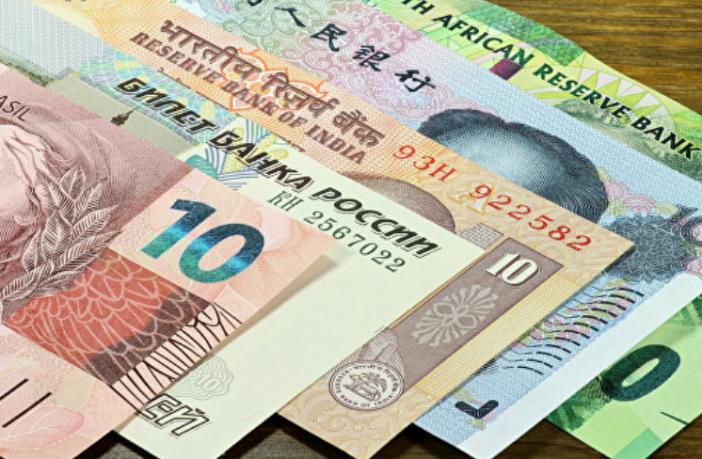In the dynamic landscape of global finance, the BRICS nations (Brazil, Russia, India, China, and South Africa) have emerged as economic powerhouses with tremendous growth potential. One aspect that has gained significant attention in recent years is the potential for unlocking the value of BRICS currencies as viable investment options. In this blog post, we’ll explore the unique opportunities presented by Where to invest in brics and unveil investment strategies to capitalize on their potential.
Understanding BRICS Currencies:
The BRICS nations collectively contribute to a substantial share of the world’s economic output, and their currencies play a crucial role in the international monetary system. While the US dollar and the euro have historically dominated global trade, BRICS currencies are gaining prominence, offering investors a diversified and potentially rewarding portfolio.
Investment Opportunities:
- Currency Diversification: Diversifying a portfolio is a fundamental strategy to mitigate risk. Including BRICS currencies in your investment mix can provide a hedge against currency fluctuations and reduce dependence on traditional reserve currencies.
- Interest Rate Differentials: Keep an eye on interest rate differentials among BRICS nations. High-interest rates in countries like Brazil and Russia can attract foreign capital seeking better returns, creating opportunities for currency appreciation.
- Commodity-Driven Currencies: Many BRICS nations are major exporters of commodities such as oil, minerals, and agricultural products. Understanding the commodity market trends can help anticipate currency movements, especially in the case of Russia and Brazil.
- Infrastructure Development: As BRICS nations continue to invest in infrastructure development, their currencies may benefit from increased economic activity. Look for projects and policies that signal robust growth in the construction and transportation sectors.
- Trade Agreements and Partnerships: Monitor trade agreements and partnerships between BRICS nations and other global economies. Strengthening economic ties can positively impact the value of their currencies. For instance, closer collaborations between China and South Africa may influence the value of the Yuan and Rand.
- Geopolitical Factors: Stay informed about geopolitical developments that may impact BRICS currencies. Political stability, trade tensions, and regional conflicts can influence investor sentiment and currency valuations.
Challenges and Risks:
While the potential for high returns exists, it’s essential to be aware of the challenges and risks associated with investing in BRICS currencies. Factors such as political instability, economic vulnerabilities, and currency volatility can pose significant risks, requiring investors to carefully assess their risk tolerance and adopt appropriate risk management strategies.
